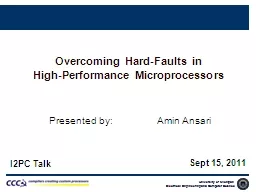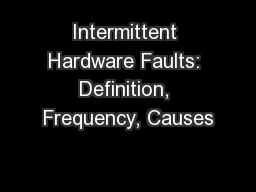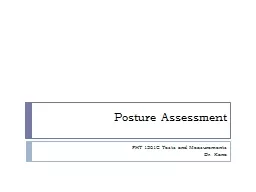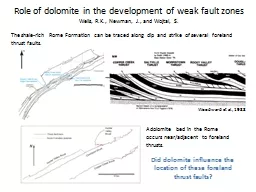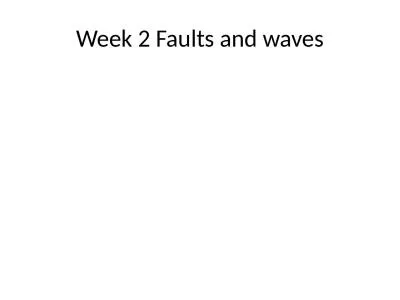PPT-Overcoming Hard-Faults in
Author : faustina-dinatale | Published Date : 2016-05-10
HighPerformance Microprocessors I2PC Talk Sept 15 2011 Presented by Amin Ansari Significance of Reliability 2 Mission Critical Systems Commodity Systems Engine or
Presentation Embed Code
Download Presentation
Download Presentation The PPT/PDF document "Overcoming Hard-Faults in" is the property of its rightful owner. Permission is granted to download and print the materials on this website for personal, non-commercial use only, and to display it on your personal computer provided you do not modify the materials and that you retain all copyright notices contained in the materials. By downloading content from our website, you accept the terms of this agreement.
Overcoming Hard-Faults in: Transcript
Download Rules Of Document
"Overcoming Hard-Faults in"The content belongs to its owner. You may download and print it for personal use, without modification, and keep all copyright notices. By downloading, you agree to these terms.
Related Documents

